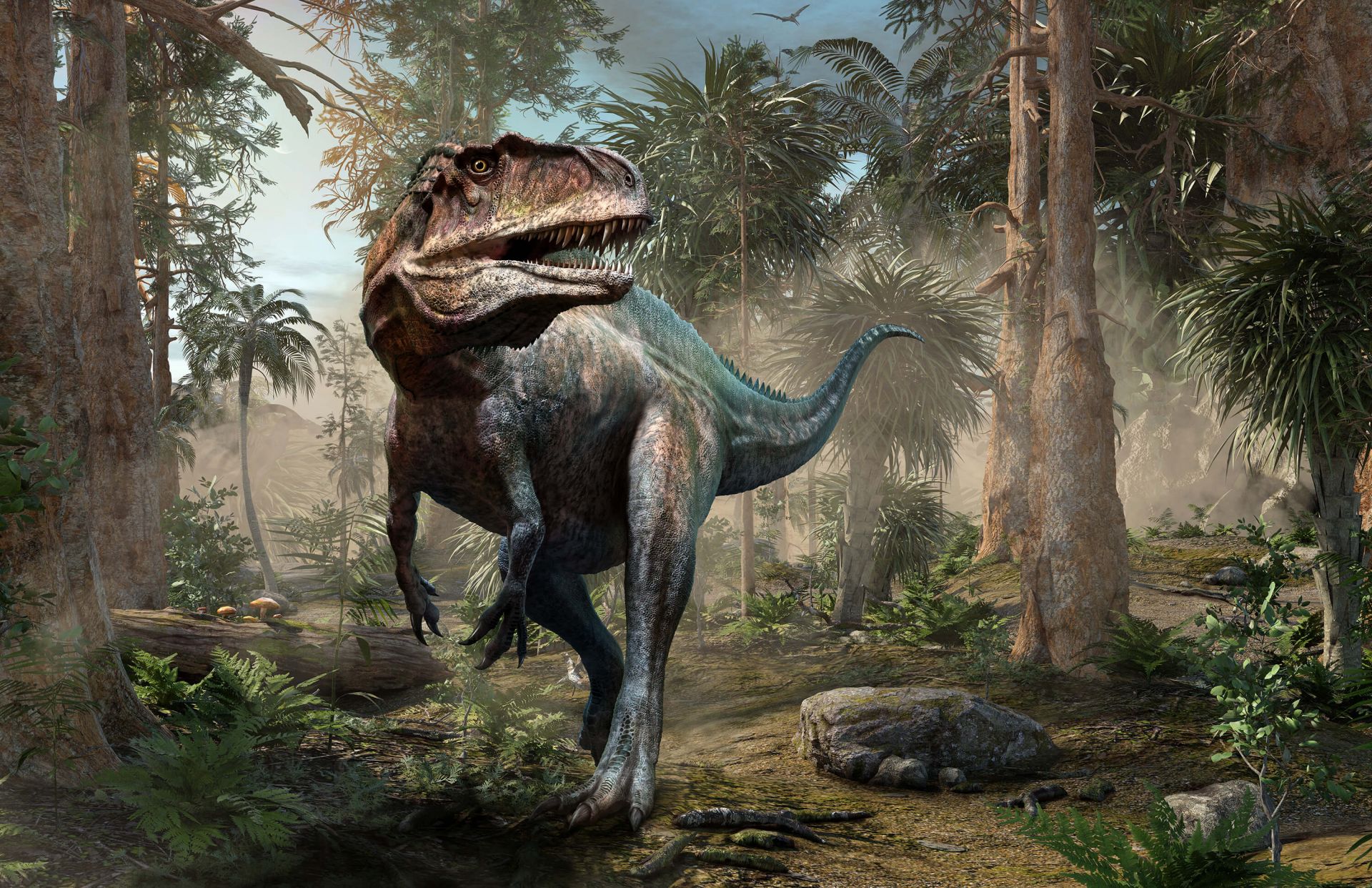Tyrannosaurs reign as the most famous of all meat-eating dinosaurs. But they didn’t always dominate, suggests the newly discovered bones of a massive carnivorous dinosaur that lived 98 million years ago.

Named Siats meekerorum (pronounced “See-atch”), the dinosaur discovered in eastern Utah by paleontologists was a previously unknown “apex,” or top, predator that ruled long before North America’s tyrannosaurs came to power.

At full size, the two-legged carnivore may have weighed more than four tons and stretched nearly the length of a school bus.
The discoverers report that the dinosaur’s first (or genus) name is a tribute to its predatory prowess. In the legends of Utah’s native Ute tribe, “Siats” is the name of a voracious monster.

Zanno knew she had discovered a significant dinosaur as soon as she happened across a collection of black bone fragments sitting on the surface of eastern Utah’s Cedar Mountain Formation.

Remains of large carnivorous dinosaurs are rare in these rocks. “We had no idea how much would be in the ground,” Zanno says, “but we were stoked because we knew immediately we had a larger theropod and that it was going to fill in a huge gap in our understanding of theropod evolution on the continent.”
The discovery team recovered a partial skeleton including vertebrae, parts of the hip, the lower leg, and toes.

At first, Zanno says, she expected that Siats would be something like the huge, sail-backed carnivore Acrocanthosaurus, but the new dinosaur turned out to be something else. Distinctive anatomic features on the bones mark Siats as a newly recognized type of predator called a neovenatorid, cousins of the earlier, well-known Allosaurus.
Similar to a previously discovered dinosaur called Neovenator, Siats would have sported a pointier, less blocky head than the big tyrannosaurs, and had relatively long, three-clawed arms, rather than short ones like those made famous by T. rex.

Since the newly discovered dinosaur’s known skeleton is incomplete and is from a juvenile, Siats’ exact size at adulthood isn’t entirely clear.
From estimates based on comparisons with more complete skeletons of other dinosaurs, Zanno says that “a juvenile Siats would have been, at minimum, about 30 feet long and around 9,000 pounds.”

“Future material may reveal Siats grew up to be one of the biggest predators known around the globe,” Zanno says.
Early tyrannosaurs lived in the shadow of gigantic allosaurid carnivores like Siats. It was only after dinosaurs such as Siats disappeared, Zanno says, “that tyrannosaurs were free to evolve into the giant predators we know and love today.”

University of Oxford paleontologist Roger Benson, who first recognized neovenatorids with colleagues in a 2010 study, agrees that Siats helps fill in a missing chapter in predatory dinosaur history.
Until now, there were “25 million years of missing data,” Benson says, between allosaurid giants like Acrocanthosaurus and North America’s huge tyrannosaurs.